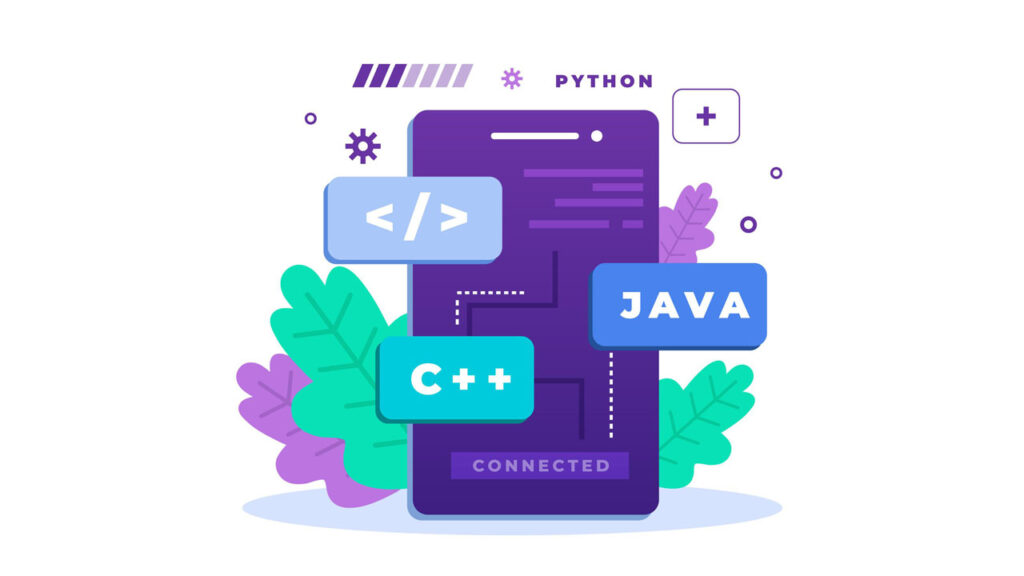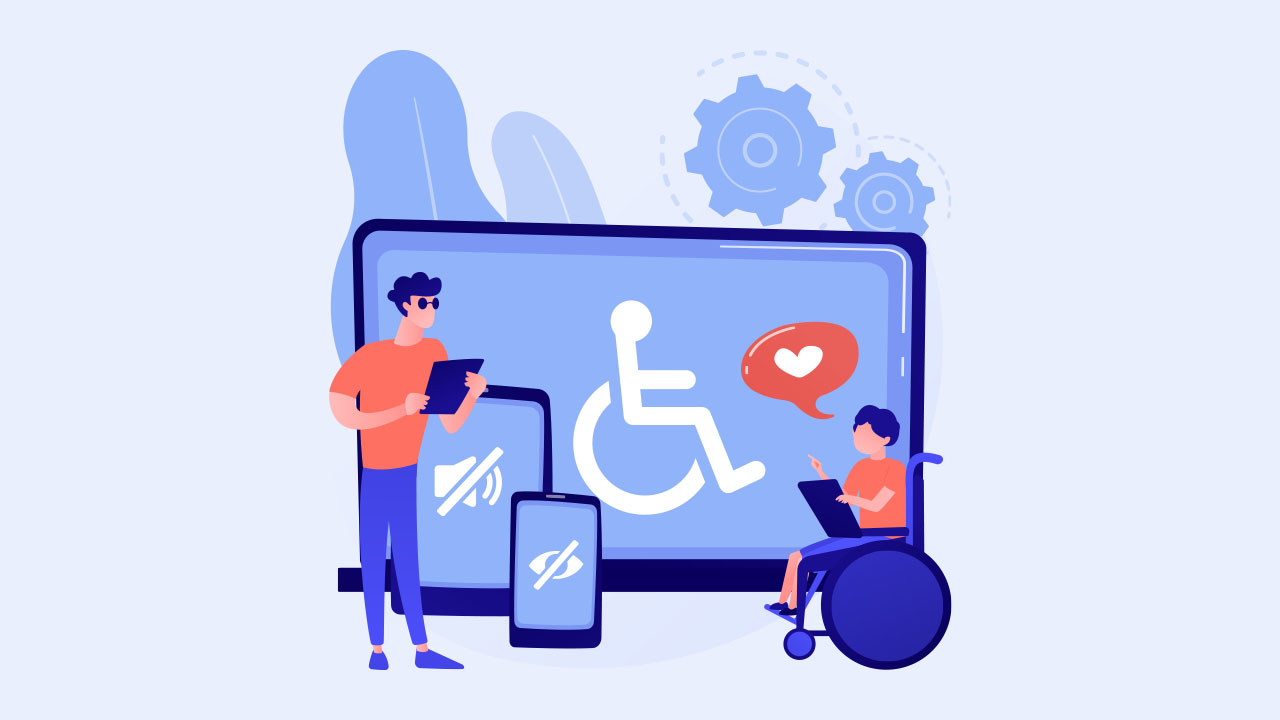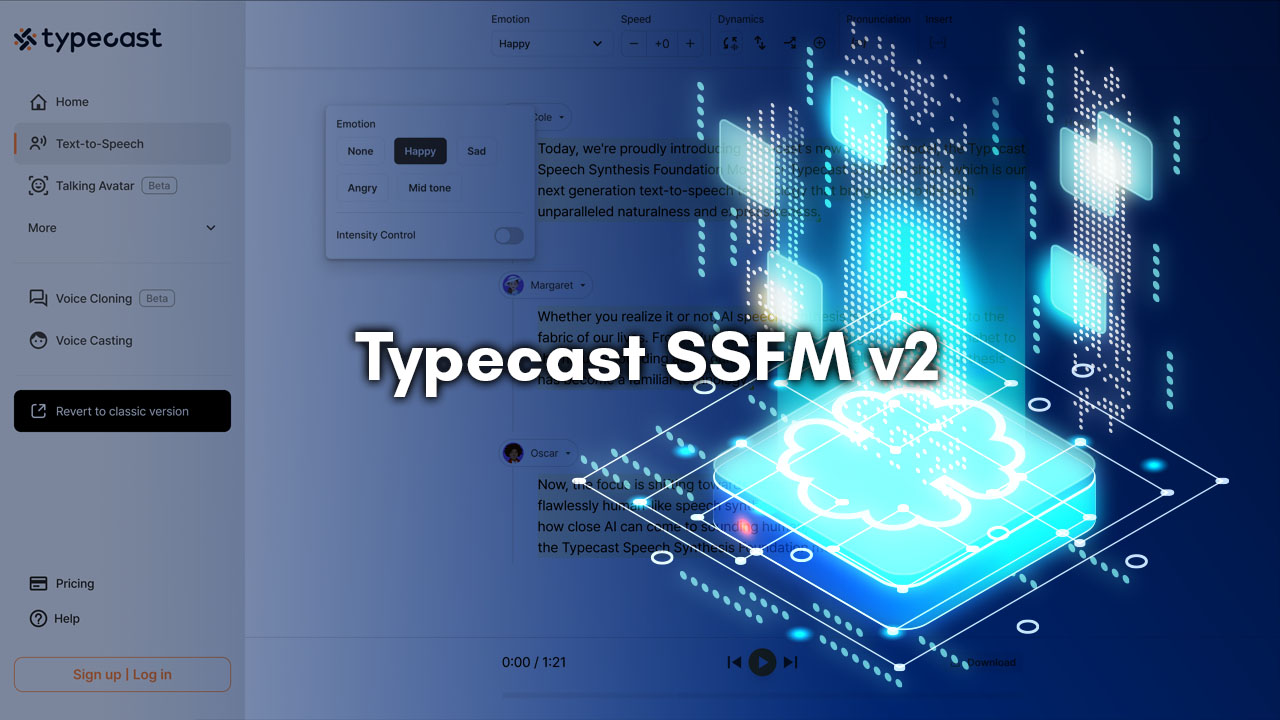Assistive technology helps people with disabilities to learn, communicate, and be productive in their tasks. Readers with learning disorders such as dyslexia and autism can use text-to-speech in assistive technology to listen to the written text out loud – thereby eliminating the many learning barriers they face.
What is Text-to-speech assistive technology?
Text-to-speech in assistive technology is the use of technology that reads written text on a computer screen out loud for listeners who have learning or visual disabilities.
Assistive technology has a wide range of applications, e.g., in medical devices, handheld gadgets, and computer applications.
For example, a blind reader cannot see the text on a computer screen. By using text-to-speech assistive technology, this reader can listen to the text and comprehend it better. Hence, such technology has assisted this reader in their learning process.
Text-to-speech is utilized in many forms of written text, including web pages, PDF documents, Microsoft Office, and more.
Interestingly, if you look around, you may find text-to-speech in a lot of places. For example, the GPS system in your car also uses text-to-speech, or the voice-overs used for eLearning content online.
Amazon’s Alexa and Apple’s Siri operate on text-to-speech models.
Customer service chatbots may often incorporate text-to-speech to assist people with visual disabilities. Platforms such as Audible are also supporting the text-to-speech feature in ebooks.
Text-to-speech in audiobooks is not just great for autistic and dyslexic listeners but is also a time-saver for people who love reading books but don’t have the time to sit down and finish one.
Social media channels such as TikTok and Instagram have also started applying text-to-speech technology on their platforms to assist all of their users.
What are text-to-speech generators?
Today, text-to-speech applications have become more sophisticated and incorporates models such as deep learning, neural networks, and data signal processing.
Such models have the capacity to generate human-sounding speech. AI text-to-speech generators can convert any written text into a male or female sound.
Some AI voice generators such as Typecast can also convert written text into sounds of different characters such as Biden, Trump, anime, rap, and more.
Some generators have limited capabilities, while others allow converting large amounts of text into speech. AI type-to-speech generators like Typecast also come with tools that creators can use to modify their character’s speech and adjust pitch, volume, and intonation, as needed.
This customization can particularly be applied to producing corporate training videos, or even teaching models for school-going kids who have learning disabilities.
By using children’s characters such as Alex, Camila, Billie, Doughnut, and Slushy in daily lessons, teachers can improve children’s focus and attention significantly.
What are AI languages?

As AI is becoming more popular, so are the tools to create and develop it. Whether you are an AI enthusiast, a small business owner, or an online creator, you may have at some point heard about AI languages.
Languages that are used in developing AI applications are called AI languages. These languages include Python, Java, C++, JavaScript, Julia, and LISP. While there are more languages that can be used to create AI models and applications, these are the most popular ones.
Python
A highly sought-after language in AI, Python is a great tool for data analysis. It offers a flexible and intuitive design that makes it easy for beginners and experts to create AI-focused applications.
Many Python libraries such as scikit-learn provide supervised and unsupervised learning algorithms and are designed to classify and analyze large sets of data.
Java
A powerful language for mobile applications, Java utilizes artificial intelligence features. Java applications are also called “write once, run anywhere” (WORA) because the codes created in Java are not dependent on a single platform.
Deeplearning4j (DL4J) is an open-source deep-learning library written in Java. If you are interested in working on an AI project, you can start with DL4J.
C++
With its large community of developers and libraries, C++ is great for many AI, machine learning, and neural network applications. C++ is also known for its speed and efficiency, making it a popular choice in the AI industry.
OpenCV – an open-source computer vision and machine learning software library uses C++ for AI-focused applications. OpenCV offers extensive documentation to help programmers apply C++ in their artificial intelligence projects.

JavaScript
Most of the interactive and intuitive websites that you see today are developed using JavaScript. It is a highly popular language among programmers.
Its application in AI extends to browser-based applications, for example, TensorFlow.js library runs directly within a browser and allows programmers to train and deploy machine learning models.
Julia
With the speed of C++ and ease of use like Python, Julia is a popular and high-performing language. In the AI domain, Julia is used in scientific programming and data analysis.
Being a new language, programmers may at times have to put in some work to find specific models in Julia which are relatively easily available in Python and R.
Nevertheless, Julia is gaining momentum and is seeing growth in building a community and libraries.
LISP
An excellent prototyping tool, LISP is great for understanding artificial intelligence. With symbols and symbolic expressions at its core, LISP can be used for symbolic artificial intelligence.
LISP is not widely used in artificial intelligence due to a lack of well-developed modern libraries.
Interestingly, the person who coined the term “artificial intelligence,” John McCarthy also created an approach that was later codified into the Lisp programming language.
As AI is quite broad, choosing a language would highly depend on the type of task you want to accomplish or the type of application you want to create.
Another important aspect to keep in mind is data collection. AI tools are quite sophisticated and can sift through large amounts of data to provide desired results. However, if poor data is fed to an AI system, it may not generate the right output.









